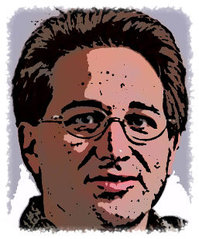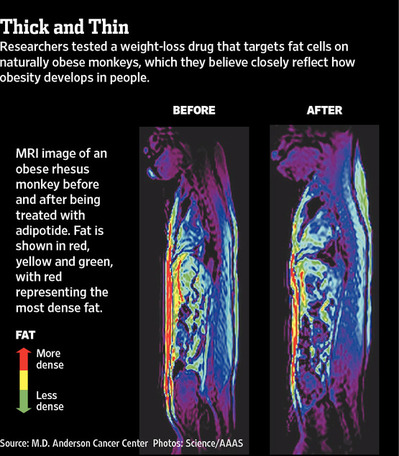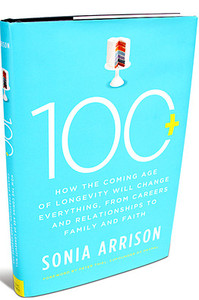(p. A1) CHICAGO–Medical science efforts to harness the power of the immune system against cancer are beginning to bear fruit after decades of frustration, opening up a hopeful new front in the long battle against the disease.
In studies being presented Saturday, researchers said two experimental drugs by Bristol-Myers Squibb Co. . . . significantly shrank tumors in some patients with advanced skin, lung and kidney cancers.
Especially promising was that the drugs worked against several types of cancer, researchers said of the early findings. Most of the patients whose tumors responded significantly to the treatment saw long-term results.
. . .
(p. A2) Taken together, the findings are provoking excitement among researchers and the drug industry that immunotherapy has finally arrived as a viable cancer-fighting strategy.
“Those of us in the field really see this as a breakthrough moment,” said Suzanne Topalian, a researcher at Johns Hopkins School of Medicine and lead author of one of the studies. Both are being presented by Hopkins researchers at the annual meeting of the American Society of Clinical Oncology and published online by the New England Journal of Medicine.
For the full story, see:
RON WINSLOW. “New Cancer Drugs Use Body’s Own Defenses.” The Wall Street Journal (Sat., June 2, 2012): A1-A2.
(Note: ellipses added.)
(Note: the online version of the story has the date June 1, 2012.)










